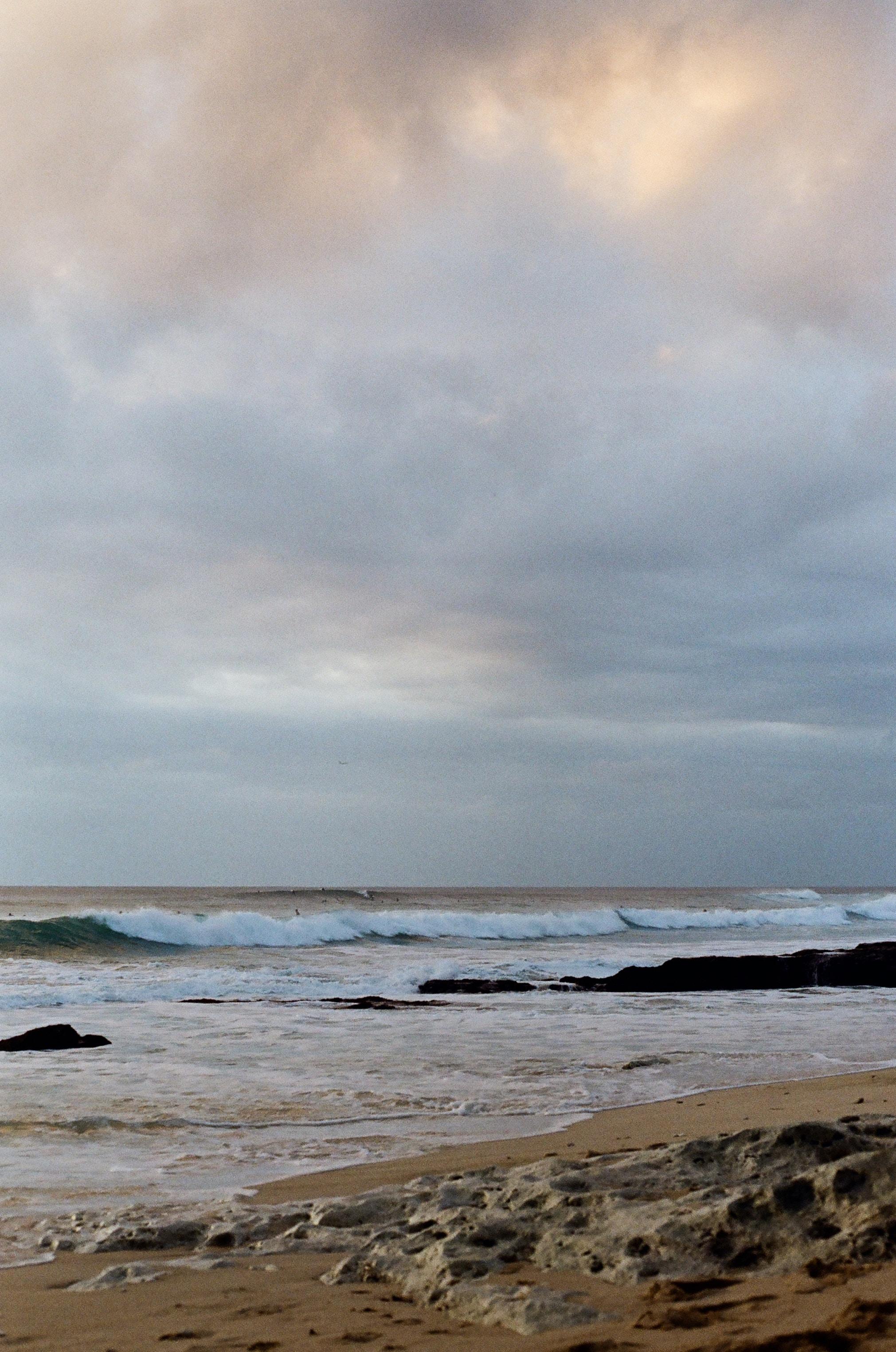In the intricate dance of filmmaking, where vision meets reality, lies an unsung hero: previsualization. This art form, a blend of creativity and technology, serves as the director’s blueprint, transforming abstract ideas into tangible visual plans. As directors embark on the journey of crafting complex shots, previsualization becomes their guiding star, illuminating the path from imagination to the silver screen. This article delves into the meticulous world of previsualization, exploring how directors harness this tool to choreograph cinematic magic, ensuring every frame resonates with their visionary intent. Join us as we unravel the layers of this essential process, revealing how it shapes the films we cherish.
Mastering the Vision: Techniques for Effective Previsualization
Directors utilize a variety of techniques to ensure their vision is effectively communicated and executed on screen. Previsualization plays a crucial role in this process, allowing filmmakers to meticulously plan each shot before the cameras roll. By employing storyboards, animatics, and 3D models, directors can experiment with composition, camera angles, and movement in a cost-effective manner. This preparatory phase not only helps in visualizing the final outcome but also streamlines the production process, saving time and resources on set.
Here are some key techniques used in previsualization:
- Storyboards: These are hand-drawn or digital sketches that outline each scene, providing a visual guide for the narrative flow.
- Animatics: Animated versions of storyboards that offer a more dynamic representation of how scenes will unfold, complete with timing and basic motion.
- 3D Previs: Utilizing software to create detailed, three-dimensional representations of scenes, allowing for exploration of complex sequences with precision.
Mastering these techniques enables directors to bring their creative visions to life, ensuring every detail aligns with their artistic intent.

From Concept to Camera: Tools Directors Use to Plan Shots
To transform a visionary concept into a tangible scene, directors employ a variety of tools that serve as the backbone of their creative process. Storyboards are a classic starting point, offering a sequence of illustrations that lay out the visual narrative. These sketches help in visualizing the sequence of events, camera angles, and transitions. Shot lists complement storyboards by providing a detailed breakdown of each shot, including technical specifics like camera movement, lenses, and lighting requirements.
In the digital age, directors increasingly turn to previsualization software to craft a more immersive representation of their vision. These tools allow for the creation of 3D animatics, providing a dynamic preview of scenes. Additionally, virtual reality (VR) technology is emerging as a game-changer, enabling directors to step inside their imagined worlds and explore different perspectives. The combination of these tools ensures that the journey from concept to camera is as seamless and detailed as possible.
Crafting Complexity: Strategies for Visual Storytelling
In the realm of cinematic artistry, previsualization stands as a crucial tool for directors aiming to weave intricate narratives. This process, often abbreviated as previz, involves crafting a visual blueprint that guides the creation of complex shots. By embracing this technique, directors can meticulously plan the visual dynamics of a scene, ensuring that every camera angle, movement, and lighting cue aligns with their creative vision.
Key strategies for effective previsualization include:
- Storyboarding: Sketching out scenes to visualize the flow and composition before filming.
- 3D Animatics: Utilizing digital models to simulate camera movements and scene transitions.
- Collaborative Workshops: Engaging with the creative team to brainstorm and refine shot concepts.
- Real-Time Previz Software: Employing tools like Unreal Engine to create interactive visualizations.
By integrating these strategies, directors can navigate the complexities of visual storytelling, transforming ambitious ideas into tangible cinematic experiences.
Enhancing Collaboration: Bridging the Gap Between Vision and Execution
In the intricate dance of filmmaking, bridging the gap between a director’s vision and its execution requires a seamless blend of creativity and technical prowess. Previsualization serves as a crucial tool in this process, allowing directors to experiment with complex shots before the actual shoot. By creating detailed storyboards or digital mock-ups, directors can explore various angles, movements, and lighting setups, ensuring that every element aligns perfectly with the narrative.
Collaboration thrives in this stage as it invites input from various departments, fostering a collective understanding of the director’s intent. The benefits of previsualization include:
- Enhanced Communication: Visual aids help convey ideas more effectively than words alone.
- Cost Efficiency: Identifying potential issues early can save time and resources during production.
- Creative Exploration: Directors can test multiple approaches, leading to innovative storytelling techniques.

